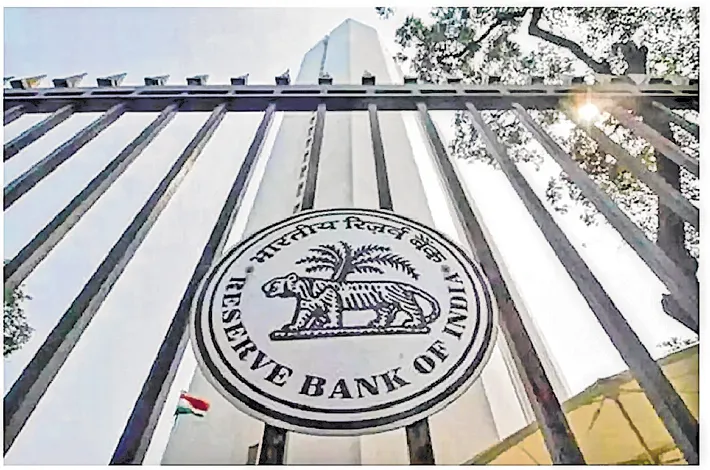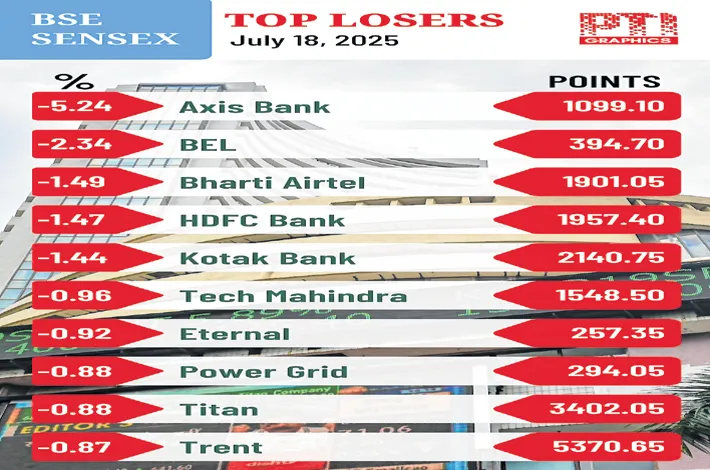India set to overcome worst cash crunch in yrs on RBI steps
08-03-2025 12:00:00 AM

FPJ News Service mumbai
India is addressing one of its worst liquidity deficits through aggressive steps by the Reserve Bank of India, which has injected about $68 billion into the financial system since late January. These efforts are expected to create a liquidity surplus by the end of March, aiding better transmission of interest-rate cuts and supporting economic growth, Bloomberg reports.
India is heading toward plugging one of the worst-ever liquidity deficits in the financial system, following aggressive steps by the central bank to inject cash. The liquidity shortfall, measured through lenders’ borrowings from the central bank, has eased to 793 billion rupees ($9 billion) as of March 6, from a nearly 15-year high of 3.3 trillion rupees in late January, a Bloomberg Economics index showed.
Much of the shrinkage was driven by the Reserve Bank of India as its measures since end-January will take the cash infusion to about $68 billion. Improving cash conditions will help in better transmission of interest-rate cuts and support the economy as it heads for its slowest expansion in four years.
“The RBI’s latest measures indicate that its focus is on making system liquidity positive to enable transmission of rate cuts,” said Gaura Sen Gupta, chief economist, IDFC First Bank Ltd. There will likely be a liquidity surplus by March-end, she said, adding the RBI has room to pump in 2 trillion rupees of cash in the fiscal year starting April 1.
India’s liquidity deficit widened partly due to dollar sales by the central bank to shield the rupee from global headwinds as the local currency hit successive lows. The banking system is now bracing for cash outflows due to quarterly advance tax payments by companies to the government before the financial year-end in March. The measures taken by the RBI this year to provide cash to lenders include auction-based open market bond purchases, variable rate repurchase operations and foreign exchange swaps.








